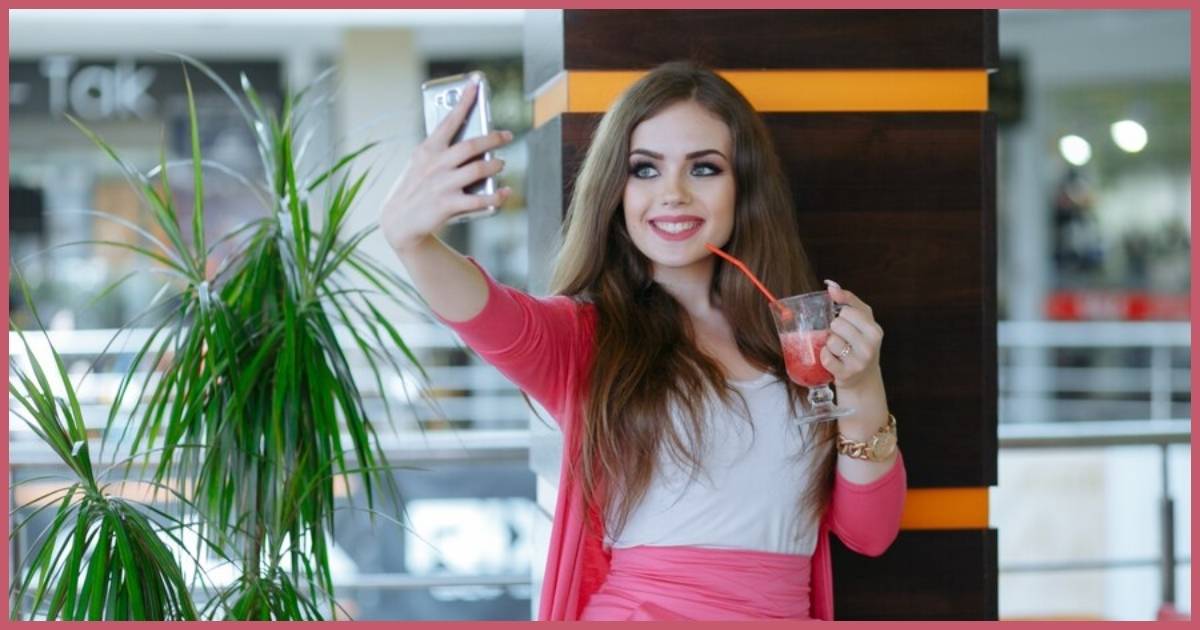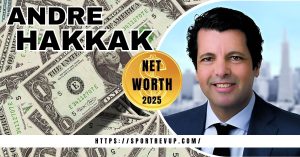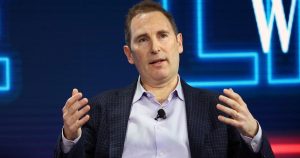“Influencers Gone Wild” describes the shocking and controversial behavior of social media stars. It includes risky stunts, public feuds, and offensive content that reveal the wild side of their lives, beyond their polished public images.
In the digital age, influencers have become new celebrities with their trendy content and stylish personas. But when their carefully crafted images start to break down, it leads to surprising and often shocking stories.
Let’s dive into the world of influencers gone wild and explore the untold stories that have shocked the internet community.
How Did Influencer Culture Emerge?
The rise of influencer culture is a fascinating tale of digital trends and shifting social authority. It all began with the advent of online platforms like MySpace and YouTube, which gave everyday people the power to share their lives with the world. As these platforms evolved, so did the concept of internet fame.
The real game-changer came with the launch of Instagram in 2010. Suddenly, anyone with a smartphone could become a content creator, sharing snippets of their life through carefully crafted photos.
This democratization of media paved the way for a new kind of celebrity – one who didn’t need Hollywood’s backing to gain millions of followers. Fashion bloggers, fitness gurus, and lifestyle content creators found themselves wielding unprecedented social influence, shaping trends and consumer behavior in ways traditional celebrities never could.
The Rise and Risks of Influence
As influencer culture exploded, so did the opportunities for those at the top. Brands quickly realized the power of these digital celebrities to reach targeted audiences.
Viral content became the holy grail, with influencers vying for likes, shares, and that coveted online popularity. But with great power comes great responsibility – and not everyone was prepared for the pressure.
The risks of influence are manifold. Mental health issues have become increasingly common among influencers, who face constant scrutiny and the pressure to maintain a perfect image.
The line between authentic self and curated persona often blurs, leading to identity crises and burnout.
How Does Influence Impact Consumer Behavior?
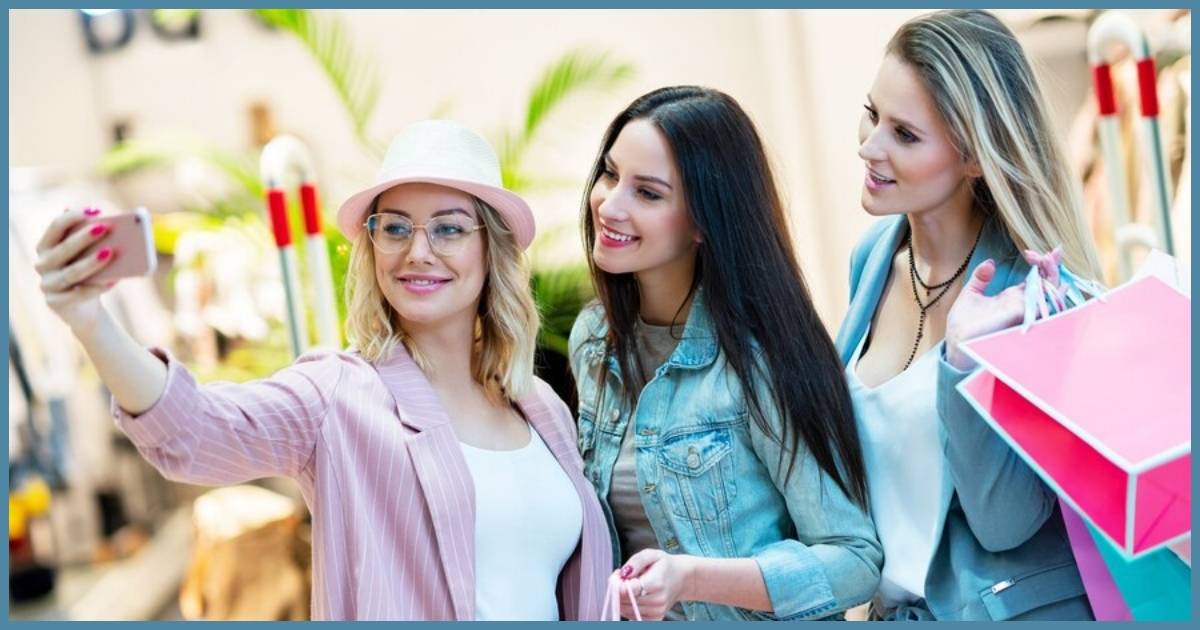
The impact of influencers on consumer behavior is undeniable. A single post from a popular online personality can send sales of a product skyrocketing or tank a brand’s reputation overnight.
This power stems from the perceived authenticity and relatability of influencers, who often feel more like friends than distant celebrities to their followers.
Impact of Influencers on Consumer Behavior
- 49% of consumers depend on influencer recommendations
- 70% of teens trust influencers more than traditional celebrities
- Influencer marketing delivers 11x higher ROI than traditional forms of digital marketing
- 40% of Twitter users say they’ve made a purchase as a direct result of a Tweet from an influencer
What Are the Ethical Implications of Influence Gone Wild?
The ethical implications of influence gone wild are far-reaching and complex. As digital communication blurs the lines between personal and professional, influencers often find themselves navigating murky waters.
The pressure to maintain a certain image can lead to the promotion of unrealistic beauty standards, encouraging harmful behaviors among impressionable followers.
Cultural appropriation is another thorny issue in the influencer world. In their quest for viral content, some online celebrities have faced backlash for insensitively adopting elements of cultures not their own.
This raises important questions about responsibility and respect in our increasingly connected digital society.
Controversial Content: Crossing the Line
The line between provocative and offensive content is often blurry in the world of influencers. Take the case of Jeffree Star, a beauty influencer known for his outspoken personality.
His feuds and controversial statements have repeatedly landed him in hot water, leading to brand deals being cut and a significant backlash from the online community.
Similarly, fashion influencer Danielle Bernstein faced accusations of design theft, highlighting the ethical challenges in the influencer space.
These incidents serve as cautionary tales, demonstrating how quickly online influence can turn toxic when not wielded responsibly. They also raise important questions about accountability in the digital age, where cancel culture can make or break careers in an instant.
Feuds and Frenzies: Drama Unleashed
Drama has become an integral part of influencer culture, often driving engagement and keeping audiences hooked. The James Charles and Tati Westbrook feud of 2019 is a prime example of how influencer drama can captivate the internet community.
Their public falling out, which involved accusations of betrayal and predatory behavior, resulted in massive subscriber losses and gains, showcasing the volatile nature of online popularity.
Another notable case is the ongoing feud between beauty influencers Jeffree Star and Kat Von D.
Their dispute, which began over business disagreements, has spilled over into personal attacks and call-out videos, dividing their fan bases and sparking heated debates across social media platforms.
These high-profile conflicts highlight the intense pressures of maintaining digital fame and the toll it can take on personal relationships and mental health.
Influence and Accountability: Where Do We Draw the Line?

As the power of influencers grows, so does the need for accountability. The question of where to draw the line between personal expression and social responsibility is becoming increasingly crucial.
Some platforms have begun implementing stricter guidelines for content creators, but enforcement remains a challenge in the fast-paced world of social media.
Self-regulation within the influencer community is also on the rise. Many online personalities are becoming more aware of their impact and are taking steps to use their social influence more responsibly.
This includes being more transparent about sponsored content, promoting body positivity, and using their platforms to raise awareness about important social issues. However, the balance between authenticity and commercial interests remains a delicate one, requiring constant navigation.
What Can We Learn from Their Experiences?
The world of influencers teaches us important lessons for both creators and their followers. Authenticity is key—genuine influencers handle controversies better and build stronger connections. For example, Sydney Sweeney’s openness about her struggles shows that being real can be a strength.
Digital literacy is also crucial. Understanding how influencer marketing works helps followers make better choices about content and products. Remember, behind every polished post is a real person facing the same pressures as everyone else.
Learning from Mistakes: Redemption Stories
Not all influencers who stumble stay down. Some have managed to turn their controversies into opportunities for growth and redemption. Consider the case of Melissa Stratton, a fitness influencer who faced backlash for promoting unrealistic body standards.
Instead of doubling down, she chose to be transparent about her struggles with body image, transforming her platform into a space for honest discussions about health and self-acceptance.
Another example is beauty guru James Charles, who, after being involved in a major social media scandal, took time off to reflect and came back with a renewed focus on creativity and positivity.
These stories of redemption highlight the potential for personal growth in the face of public scrutiny, offering hope to both influencers and their followers that mistakes don’t have to define one’s entire career.
The Evolution of Influence: Trends and Takeaways
The world of influencers is constantly evolving, with new trends emerging at a rapid pace. One significant shift is the rise of micro-influencers, who may have smaller followings but often boast higher engagement rates and more niche audiences. This trend reflects a growing desire for authenticity and relatability in influencer culture.
Another notable development is the increasing focus on social causes. Many influencers are using their platforms to raise awareness about issues like climate change, mental health, and social justice.
This shift towards purpose-driven content suggests a maturing of influencer culture, moving beyond mere product promotion to meaningful social impact.
Exploring Further Instances of Wild Behavior by Influencers
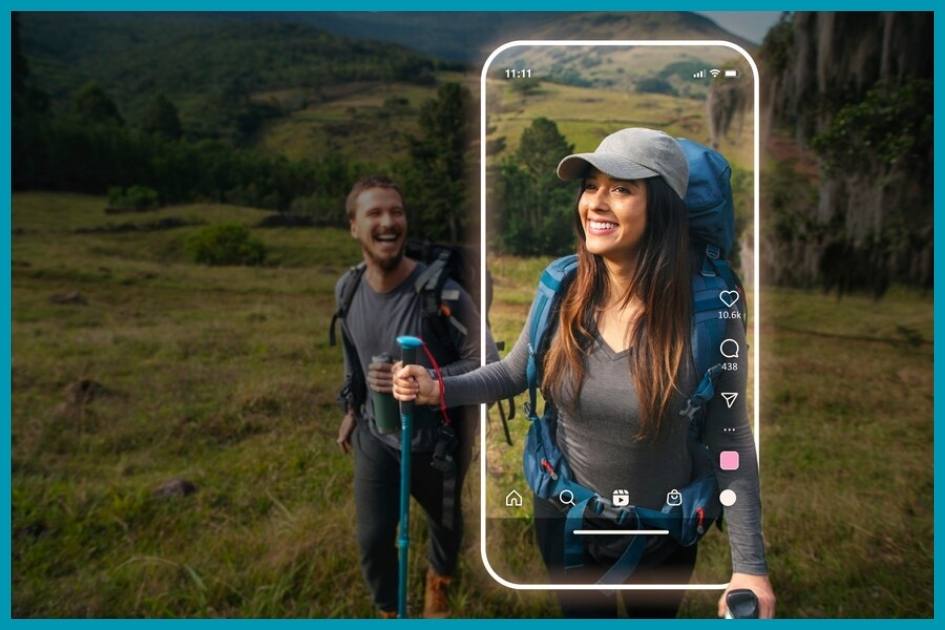
The annals of influencer history are filled with shocking instances of wild behavior. Take the case of BaddieHub, a collective of influencers known for their extravagant lifestyles and controversial antics.
Their parties and stunts often push the boundaries of acceptable behavior, sparking debates about the responsibilities that come with online influence.
Regional differences in influencer scandals also provide interesting insights. While American influencers might face backlash for cultural insensitivity, their counterparts in countries with stricter social norms might find themselves in hot water for much milder transgressions.
These variations highlight the complex interplay between digital society and local cultures in shaping influencer behavior and its reception.
What Does the Future Hold for Influencer Culture?
As we look to the future of influencer culture, several trends are emerging. Virtual influencers – computer-generated personalities with massive followings – are on the rise, blurring the lines between reality and fiction in the digital world.
Meanwhile, augmented reality (AR) and virtual reality (VR) technologies are opening up new avenues for content creation, potentially revolutionizing the way influencers interact with their audiences.
Regulation is also likely to play a bigger role in the future of influencer marketing. As governments and platforms grapple with issues of transparency and accountability, we may see more stringent guidelines for content creators.
This could lead to a more professionalized influencer industry, with clearer standards and expectations.
Read More:
Noel J. Mickelson: Career, Net Worth, Childhood, Height, Age, and Personal Life
FAQ’s
Can Influence Be Controlled or Regulated?
Regulating influence is complex, with some countries enforcing disclosure laws for sponsored content, but enforcement is challenging. Social media platforms have guidelines, but they often lag behind new trends and tactics.
Can Influence Gone Wild Have Positive Outcomes?
Influence gone wild can lead to positive outcomes, such as sparking important conversations about social issues. For example, a viral culturally insensitive post can prompt broader discussions about diversity and respect.
Who Are the Most Notable Figures in Influence Gone Wild?
Some of the most notable figures in “Influence Gone Wild” include Tank Sinatra, who humorously documents influencers’ extreme antics, and high-profile influencers like Sydney Sweeney, who have made headlines for their controversial actions.
What is influencers in the wild game?
“Influencers in the Wild” is a humorous social media account created by George Resch, also known as Tank Sinatra. It showcases the extreme and often absurd efforts influencers go to for the perfect shot, highlighting the contrast between online personas and real-life actions.
Who made influencers in the wild?
“Influencers in the Wild” was created by George Resch, known as Tank Sinatra. He’s a popular meme creator who humorously documents the absurd lengths influencers go for the perfect shot.
Final Thoughts
As we wrap up our journey through the wild world of influencers, it’s clear that fame in the digital age is a double-edged sword. Influencers Gone Wild isn’t just about scandals and shocking behavior – it’s a window into the pressures and pitfalls of online celebrity.
These untold stories remind us that behind every perfectly curated feed is a real person navigating the choppy waters of internet fame.
They challenge us to think critically about the content we consume and the people we admire online. As influencer culture continues to evolve, these wild tales serve as cautionary lessons and fascinating glimpses into a world where likes and followers can make or break careers.
In the end, perhaps the most valuable takeaway is this: in the realm of digital influence, authenticity and responsibility are the true keys to lasting success.

I founded the sports news website SportRevUp in 2022 to deliver breaking news and in-depth analysis on major leagues like the NFL, NBA, and MLB.
With years of experience reporting on professional sports, I created an ad-free platform for engaging coverage and discussion as editor-in-chief overseeing all content strategy.
I continues developing SportRevUp to provide sports fans the news and discussion they crave about favorite teams and athletes.
